Movement and Autism with Michelle Hardy, MM, MT-BC

Michelle Hardy, MM, MT-BC
Michelle Hardy is a Board-Certified Music Therapist with a master’s degree in Music Therapy from Colorado State University, having received her bachelor’s degree in music therapy from Loyola University in New Orleans in 1995. Michelle has worked with children and adults with various neurological impairments and developmental delays, but her focus is with individuals with autism and sensory processing difficulties.
MTCCA staff and interns were given the opportunity to speak with Michelle Hardy, MM, MT-BC in our weekly symposium. My personal learnings taken from this meeting include the follwing;
What are the main diagnostic criteria of autism?
- Social deficits
- Deficits in communication
Did you know that motor movement is also a prominent diagnostic characteristic of autism? Michelle Hardy brought to our attention that motor movement is not included in the leading diagnostic criteria of autism in the DSM-IV not the DSM-V. However, motor movement deficit is a prominent characteristic in individuals with autism. This makes perfect sense because if you take a look at the parts of the brain that are affected by autism you will see that included are the cerebellum and the frontal lobe. These are the areas of the brain that help us with movement planning, grading, and executing. Before any deficits in attention, behavior, higher learning, or social skills can be improved in a child, their brain’s ability to integrate sensory information and program proper motor signals must be re-calibrated through brain activation modalities.
As a music therapist, treatment may include:
- Rhythm Training
- Use of a metronome
- Proprioceptive stimulation
By using rhythm in a purposeful way, we can access the frontal lobe and mend long distance connections within the brain. Rhythm also creates a sense of predictability and strengthens pathways in the brain.
A specific intervention to include all of the above treatment ideas, would be Bilateral Drumming. Here is an example of bilateral drumming with Michelle Hardy.
*Notice the use of rhythm, a metronome and the proprioceptive feedback given from hitting the drums and walking.
-Kristin



